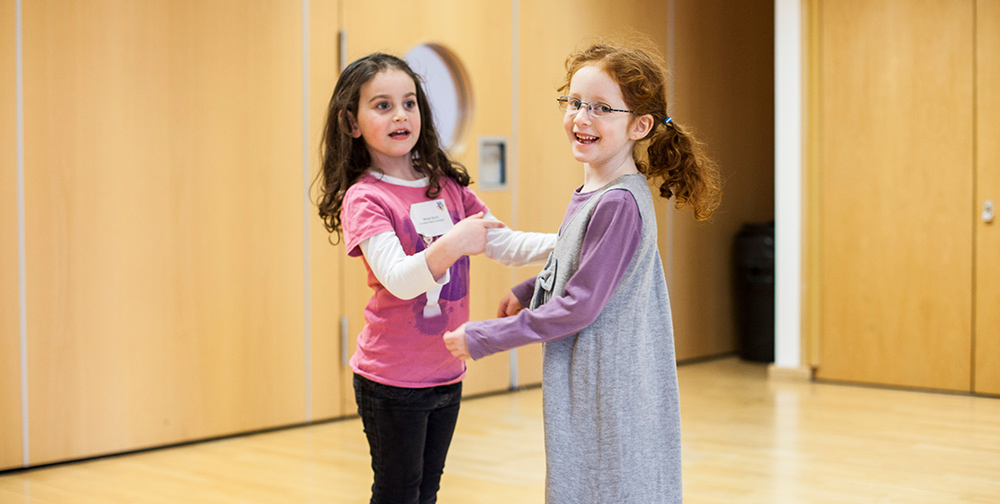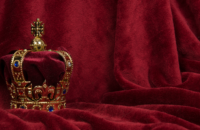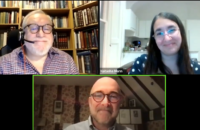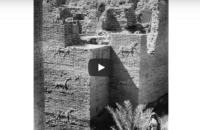A Short History of the Masorti Movement

Orthodoxy, Reform and Masorti/Conservative Judaism were three responses to the challenge posed to European Jews nearly 200 years ago by the Emancipation. The Conservative Movement was the youngest of the three and began in mid 19th century Germany with the work of Zechariah Frankel, head of the Seminary at Breslau and founder of the so-called “Positive-Historical” school. This approach supported a positive commitment to the observance of Jewish law while offering an historical, developmental view of Judaism through the use of the critical tools of modern scholarship. It was a reaction both to the Reform Movement which did not consider Jewish law binding in modern times, and to the Orthodox approach, which limited the concept of development of Jewish law.
Frankel’s approach to the Jewish tradition was followed in the next generation by Solomon Schechter, who combined the Talmudic learning of Eastern Europe with outstanding secular scholarship and is famed for his discovery of the Cairo Genizah manuscripts.
After many years in England as a reader at Cambridge University, Schechter was appointed President of the Jewish Theological Seminary in New York where he became the “founding father” of Conservative Judaism in America. He made the seminary a world centre of Jewish scholarship- the late Rabbi Joseph Hertz was one of its many distinguished graduates. Schechter was also a key figure in creating the Conservative Movement’s synagogue organisation, the United Synagogue of America – the name reflecting his admiration of Britain’s United Synagogue as a model of enlightened tolerance!
Since Schechter’s day the Conservative Movement has grown to more than 1,500,000 members. It is the largest Jewish religious body in North and South America, and is a growing force in Europe and Israel where -as in Britain – the name “Masorti” has been adopted.
The British StoryFifty years ago there would have been no place for a Masorti Movement in Britain. Anglo-Jewry was, in the main, Orthodox but its ministers were tolerant and the United Synagogue had a declared policy of “Progressive conservatism”. By the 1950’s, however, decisive influence had been gained over its religious affairs by a Beth Din (religious court) composed of rigidly right-wing Rabbis demanding “all or nothing” acceptance of Orthodox doctrine as they perceived it. A crisis occurred in 1962. Anglo-Jewry’s leading religious scholar,Rabbi Dr Louis Jacobs, had joined Jews College on the express understanding that he was to be appointed as principal. The Chief Rabbi and the London Beth Din refused to sanction his appointment on grounds of his supposed “heresy”. This consisted of his view, vigorously argued in his book “We have Reason to Believe” that the whole Bible, including the Pentateuch, is open to investigation with all the resources of modern knowledge.
Two years later, the United Synagogues’ Chief Rabbi Israel Brodie refused, on grounds of this same “heresy”, even to allow Rabbi Jacobs to be reappointed as Minister of his former congregation, the New West End Synagogue. After an angry public row, most of the New West End’s membership resigned and formed theNew London Synagogue, with Dr Jacobs as its Rabbi.
The New London flourished and was followed by an increasing number of new congregations. The Synagogues work together through their membership of Masorti Judaism (AMS).




